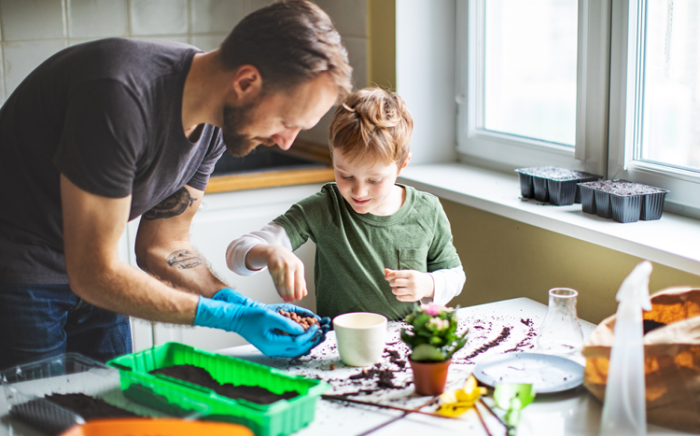Children need plenty of fluids to thrive, but what kind and how much? According to Marilyn Tanner, RD, a Washington University dietitian at St. Louis Children’s Hospital, milk and water are the best choices. But many children clamor for juice instead -- so what’s a parent to do?
“Juice is not bad,” says Tanner. “The problem is the amount that children drink.”
Many children drink twice as much juice as they need. See the chart below to determine how much juice your child needs.
“Kids who fill up on juice won’t eat meals, and they will miss out on the vitamins and minerals that food and milk provide,” explains Tanner. “An overload of juice can also cause gastrointestinal problems, such as diarrhea.”
Too much juice in a child’s diet also contributes to tooth decay, which is why parents should always offer infants juice in a cup rather than a bottle. “Children tend to suck longer on a bottle and may even fall asleep with it,” cautions Tanner.
While 100 percent fruit juice can have a place in a child’s diet, Tanner encourages parents to watch the amount of juice children drink and to remember that it’s no substitute for real fruits.
American Academy of Pediatrics guidelines on fruit juice:
| Age | Amount per day |
|---|---|
| Younger than 6 months | Do not give fruit juice to infants younger than 6 months since it offers no nutritional benefit at this age. |
| 1 - 6 years | Limit juice to 4 to 6 ounces per day. For children older than 6 months, fruit juice offers no nutritional benefits over whole fruits. Whole fruits also provide fiber and other nutrients. Do not allow your child to carry a cup or box of juice throughout the day. |
| 7 - 18 years | Limit juice to 8 to 12 ounces per day. |








